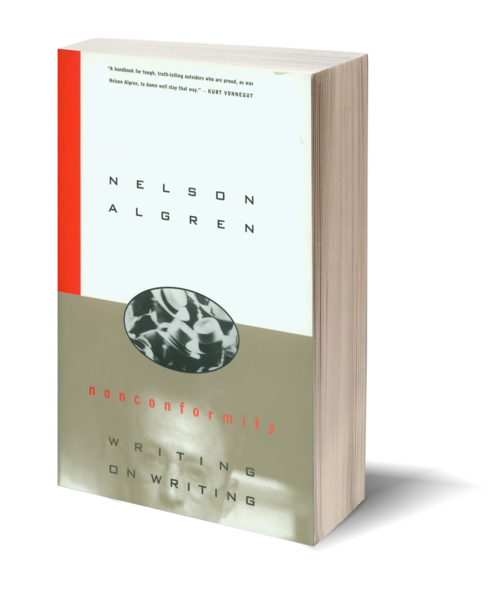Afterword by Dan Simon
Notes by Dan Simon and C. S. O’Brien
Nonconformity is about 20th-century America: "Never on the earth of man has he lived so tidily as here amidst such psychological disorder." It is also about the trouble writers ask for when they try to describe America: "Our myths are so many, our vision so dim, our self-deception so deep and our smugness so gross that scarcely any way now remains of reporting the American Century except from behind the billboards … [where there] are still … defeats in which everything is lost [and] victories that fall close enough to the heart to afford living hope."
In Nonconformity, Nelson Algren identifies the essential nature of the writer's relation to society, drawing examples from Dostoyevsky, Chekhov, Twain, and Fitzgerald, as well as utility infielder Leo Durocher and legendary barkeep Martin Dooley. He shares his deepest beliefs about the state of literature and its role in society, along the way painting a chilling portrait of the early 1950s, Joe McCarthy's heyday, when many American writers were blacklisted and ruined for saying similar things to what Algren says here.
The True Jungle, The Neon Wilderness: Colin Asher’s Introduction to the 2023 Edition

















